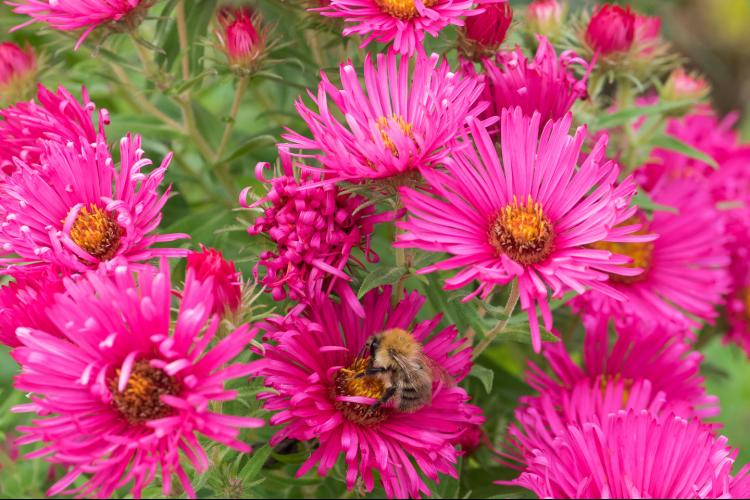Why Plants Change Their Names
With the advancement of technology, Botanists, including those from the RHS, are now able to analyse the DNA of plants.
In recent months they have looked at several groups of plants and as a result have reclassified some plants and changed the botanical names. Now when you are looking at plants here at Hardy’s you will notice that some of the names are different to what you may be used to. For example, ASTER linosyris is now GALATELLA linosyris.
Here is a list of the plants which we stock on the nursery whose names have changed:
Some in the ASTER group, ASTER linosyris is now GALATELLA linosyris, others previously had been changed to SYMPHYOTRICHUM and EURYBIA.
Some in the EUPATORIUM group are now EUTROCHIUM
The GAURA group is now OENOTHERA
Some in the GYPOSOPHILA group are now ACANTHOPHYLLUM
Some in the LAVATERA group are now MALVA
Some in the PARAHEBE group are now VERONICA
The PEROVSKIA group is now SALVIA
Some in the PHLOMIS group are now PHLOMOIDES
The ROSMARINUS group is now SALVIA
Some in the SEDUM group are now HYLOTELEPHIUM
Some VERBENA are now GLANDULARIA
In addition, some plants, while they have not had their species changed, they have had their botanical name updated. For example, RANUNCULUS x arendsii ‘Moonlight’ is now RANUNCULUS x prietoi ‘Moonlight’.
Watch Rosy explain the in’s and out’s of it all.


